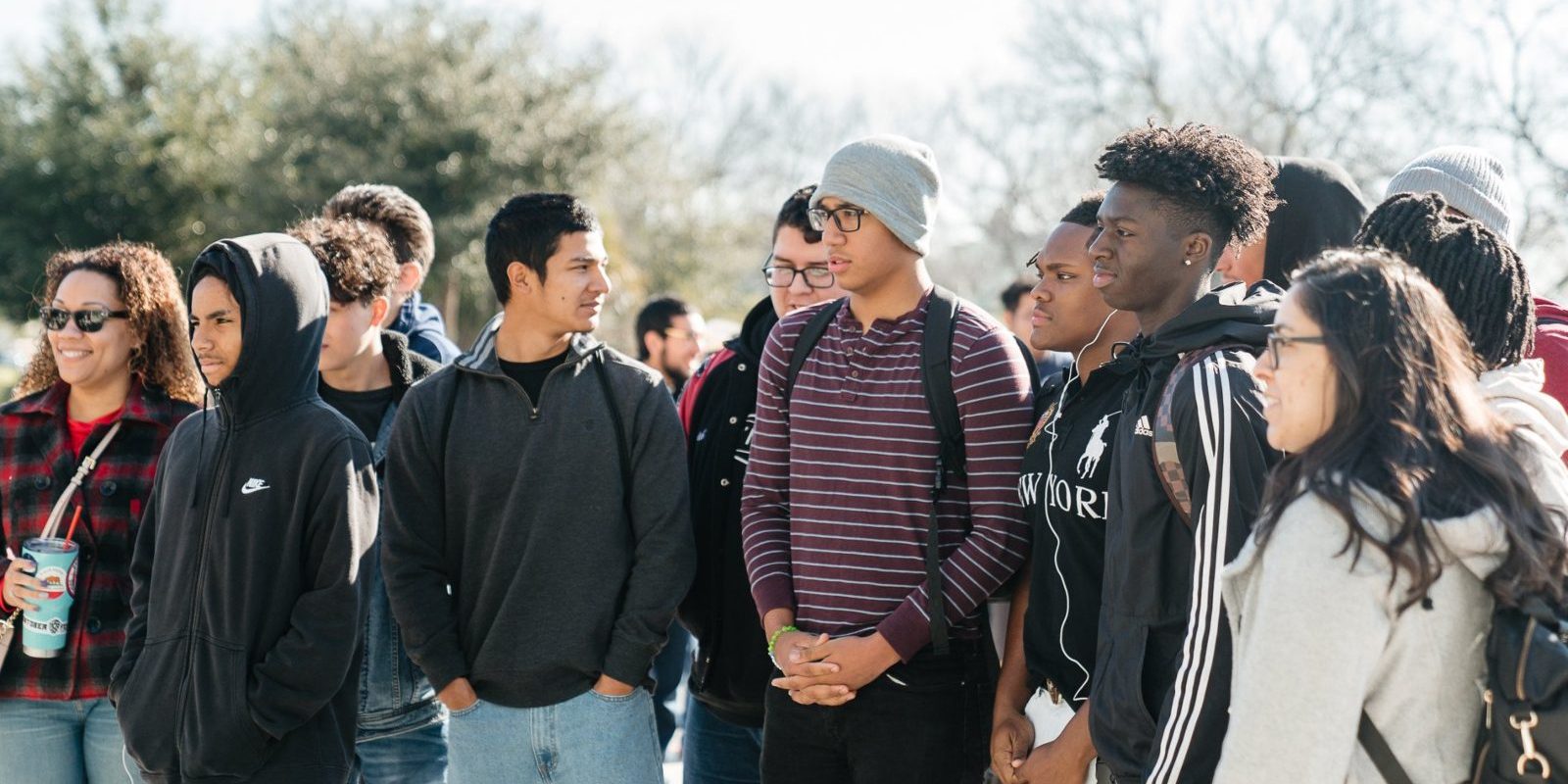Communities across the country are building civic infrastructure to get better, more equitable results for kids. Like physical infrastructure, civic infrastructure connects key elements of a community, including people, ideas and resources. It focuses on outcomes rather than programs and uses data to improve.
At StriveTogether, we’ve learned a lot about building effective civic infrastructure over the past decade. So, how do we know if it’s working?
Too often, we focus on student performance. We track test scores, proficiency assessments and on-time achievement of key milestones. But what about the systems that are designed to support young people? It’s time to track and test system performance.
When we focus on individual-level outcomes, we don’t get the full picture. We don’t see the norms, policies and practices embedded within systems — institutions and organizations — where young people live, learn and grow. We miss the role that complex systems play in creating racialized disparities in education, health, wealth and social mobility. We shift the blame to students and families rather than the inherent inequities in systems that were designed to fail youth and families of color.
We need to change systems, not kids. That’s why we developed a framework and guide for measuring the impact of systems on getting better, more equitable results for youth and families. We must widen our view and challenge false narratives by identifying, collecting and reporting systems-level indicators.
Systems indicators are qualitative and quantitative measurements that reveal inequities in how resources, decision-making power and opportunities are distributed. We measure systems indicators to hold systems accountable — and we do that by shifting policies and practices at institutions and organizations.
When systems indicators are paired with individual indicators, institutions and organizations can be held accountable to create conditions where every young person has the opportunity to thrive. Read more on Medium to learn what to measure and how three communities across the country are using this data to get better outcomes for kids.






